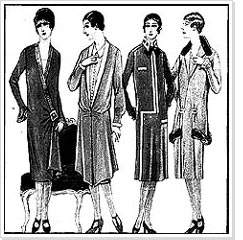Fashion magazine De Gracieuse > About De Gracieuse
 In the second half of the nineteenth century, the group of women involved with fashion continued to expand. People had more money due to the strong economic growth. Besides the increasing level of welfare, technical innovations also played a role in this development. The most important invention was the sewing machine for home use. Developments in the areas of weaving and dyeing materials also led to a wider variety of materials.
In the second half of the nineteenth century, the group of women involved with fashion continued to expand. People had more money due to the strong economic growth. Besides the increasing level of welfare, technical innovations also played a role in this development. The most important invention was the sewing machine for home use. Developments in the areas of weaving and dyeing materials also led to a wider variety of materials.
The magazine De Gracieuse took advantage of these developments by handsomely presenting recent Parisian fashion – tuned to clothes that were wearable. Whoever didn’t wish to wear ready-made garments (which were new at that time!), could now hire a seamstress or go to work with the sewing patterns included in the fashion magazines.
De Gracieuse was published by A.W. Sijthoff in Leiden from 1862 to 1864 under the title Gracieuse, Magazijn voor Neerlands’ Vrouwen (‘Gracious, Repository for Women in the Netherlands’). The prints were designed by artists like Laure Noël (1827-1878) and Jules David (1808-1892), and had been purchased in Paris. Before long, Gracieuse appeared in a larger size with black-and-white etchings. In 1865, De Gracieuse was fused with the magazine Aglaja, maandboekje voor Dames Handwerken (‘Aglaja, monthly booklet for Ladies’ Needlework’), after which the magazine was published under the new name De Gracieuse, de geïllustreerde Aglaja (‘The Gracious, the illustrated Aglaja’). From 1866 to 1936, De Gracieuse appeared twice a month, containing fashion prints that later developed into colour fashion prints, cutting patterns and needlework examples.
